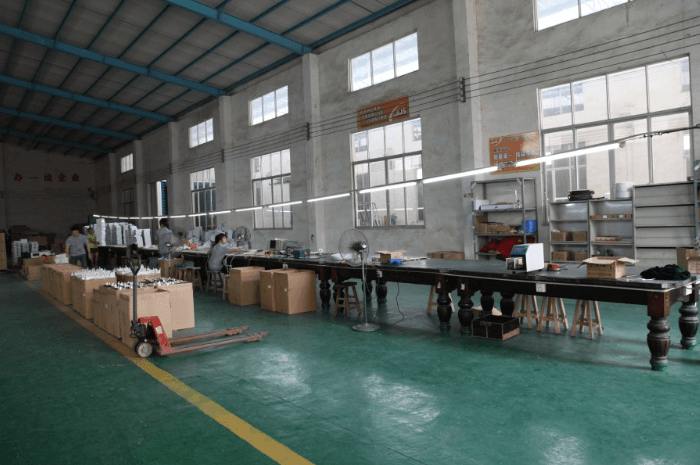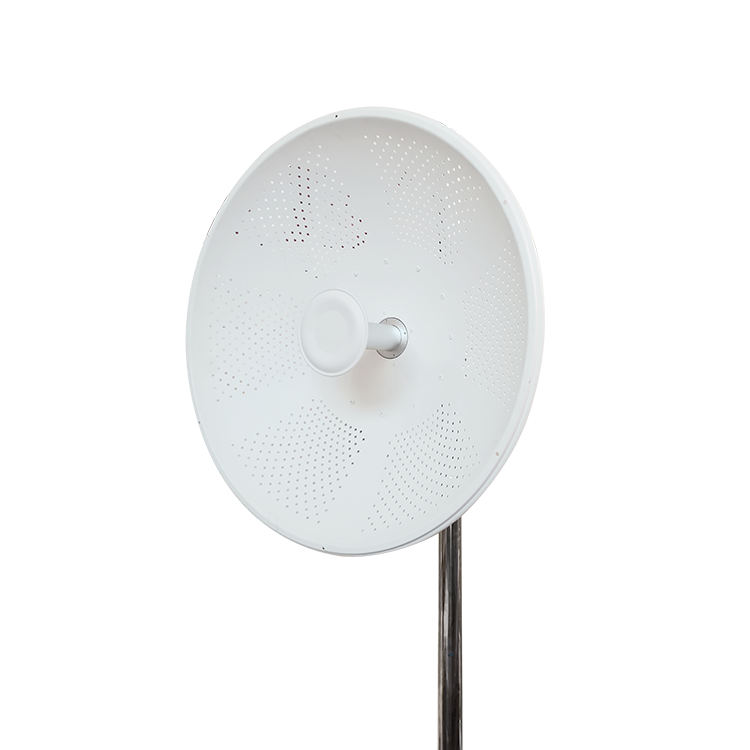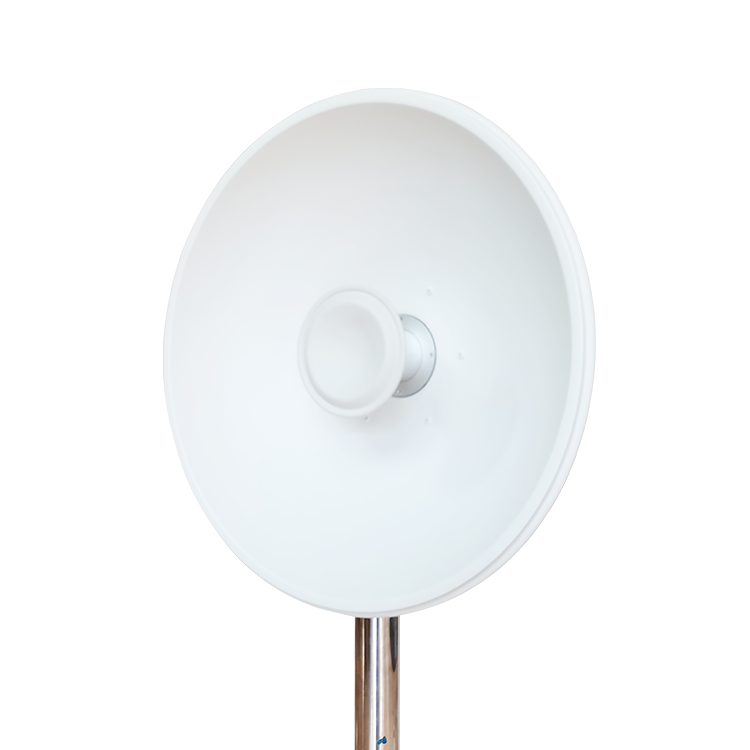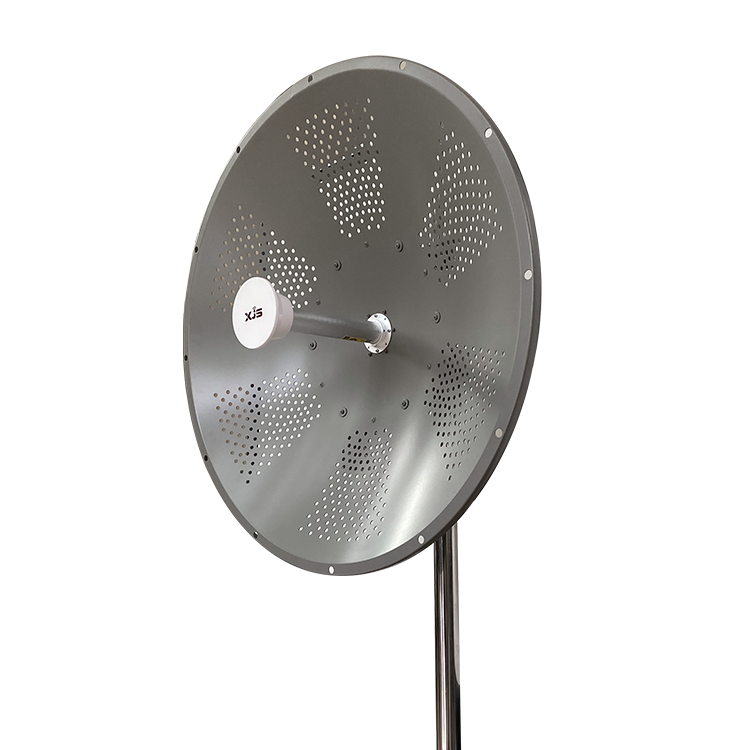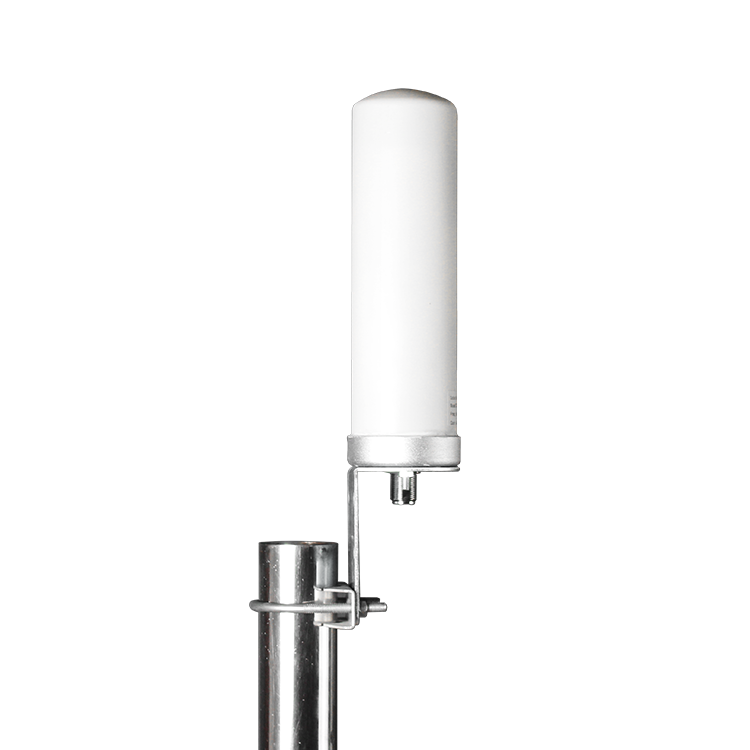As we all know, the speed of data transmission plays a crucial role in any commercially successful network device because it relates to the user's experience.
Also, in the rapidly developing world, more and more businesses emphasize the importance of information transfer. Then, the mimo panel antenna comes up at the right time. In this post, the author will give a mimo panel antenna review from working principle to applications.
What is A MIMO Panel Antenna?
A MIMO (Multiple Input, Multiple Output) panel antenna is a type of antenna in the form of panels or arrays used in wireless communication systems to improve the performance and capacity of wireless networks, such as Wi-Fi and cellular networks.
The mimo panel antenna is equipped with multiple antennas which are used at both the source (transmitter) and the destination (receiver). With this structure, the mimo panel antenna is able to transmit and receive multiple data streams simultaneously over the same channel. This results in increased data throughput, improved signal quality, and better coverage.
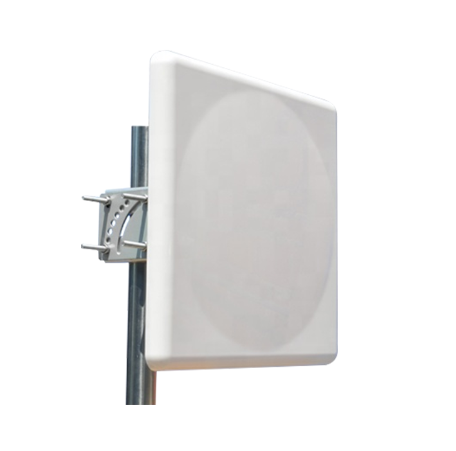
How Does MIMO Panel Antenna Work?
The mimo panel antenna achieves data transmission by using multiple antennas. At the transmitting end, MIMO technology divides data into multiple sub-streams and transmits them through different antennas. At the receiving end, MIMO technology processes the received signal and uses channel status information to restore the original data.
The whole working process of the mimo panel antenna can be divided into 4 steps:
Step 1: Channel Estimation
In a MIMO system, there are different channels between each antenna. Before data transmission, the channel needs to be estimated first. The purpose of channel estimation is to determine the channel state information between each antenna, including channel response, amplitude phase, etc. This information can help the receiving end restore the original data.
Step 2: Signaling
After the channel estimation is completed, the data is divided into multiple sub-streams by the transmitter. After that, the divided data would be transmitted by different antennas. Each substream passes through a different channel, so at the receiving end, each substream needs to be processed to restore the original data.
Step 3: Signal Reception
In the signal reception part, the signal needs to be separated. The purpose of mimo antenna separation is to extract each sub-stream separately for separate processing.
Step 4: Signal Reception
After the mimo antenna separation, the signal needs to be combined and processed to restore the original data. The processing process includes signal decoding, signal recovery, and channel compensation. During the processing, the receiving end needs to use channel status information to restore the original data.
What is the Range of MIMO Antenna?
The frequency ranges of the mimo panel antenna vary from its applications. It can range from 698 to 4200 MHz. With the mimo technology, the 1710-2700mhz mimo dish antenna is designed to be used in adjustable dual polarity feed horn systems, 1700-2700mhz applications, 4g lte applications, mimo and 802.11n applications, etc.

Is MiMO Antenna Effective?
The mimo antenna is effective in improving outdoor signal and data rates.
Does MIMO Antenna Work for 5G?
Yes, it does. The mimo panel antenna is regarded as one of the key technology for 5G cellular communication.
What Are The Applications of MIMO Panel Antenna?
The main applications of the mimo panel antenna are Wi-Fi networks and cellular fourth-generation (4G) Long-Term Evolution (LTE) and fifth-generation (5G) technology.
●Wireless Local Area Networks (WLANs)
MIMO panel antennas are commonly used in Wi-Fi routers and access points for home and enterprise networks. The current WLAN standards IEEE 802.11ac and IEEE 802.11ax both support MIMO technology. Relying on the mimo panel antenna, the WLAN systems have great improvement in the data transmission rates and system reliability. It enhances the performance and coverage of wireless LANs, allowing for faster data transfer rates and better connectivity in areas with high user density.

●Long-Term Evolution (LTE)
The mimo panel antenna also is one of the commonly used antennas in the LET systems. The LTE systems are compatible with a mimo panel antenna 4x4 and mimo panel antenna 2x2.
●5G
As above mentioned, the mimo panel antenna works for 5G systems. Using the mimo panel antenna, the 5G system can significantly improve the data throughput and network coverage. Moreover, base stations and cell towers often employ MIMO panel antennas to serve multiple users simultaneously and mitigate interference.
Conclusion
Finally, the mimo panel antenna makes a contribution to the data transmission rates and system reliability for WLAN systems, LTE systems, and 5G systems. With its outstanding effectiveness in data transmission, it still takes an important place in the current communication competition.
XJS is a panel mimo antenna manufacturer and has researched the mino panel antenna for over a decade. Therefore, if you want to get a reliable momo antenna for your communication projects, you can contact XJS.
